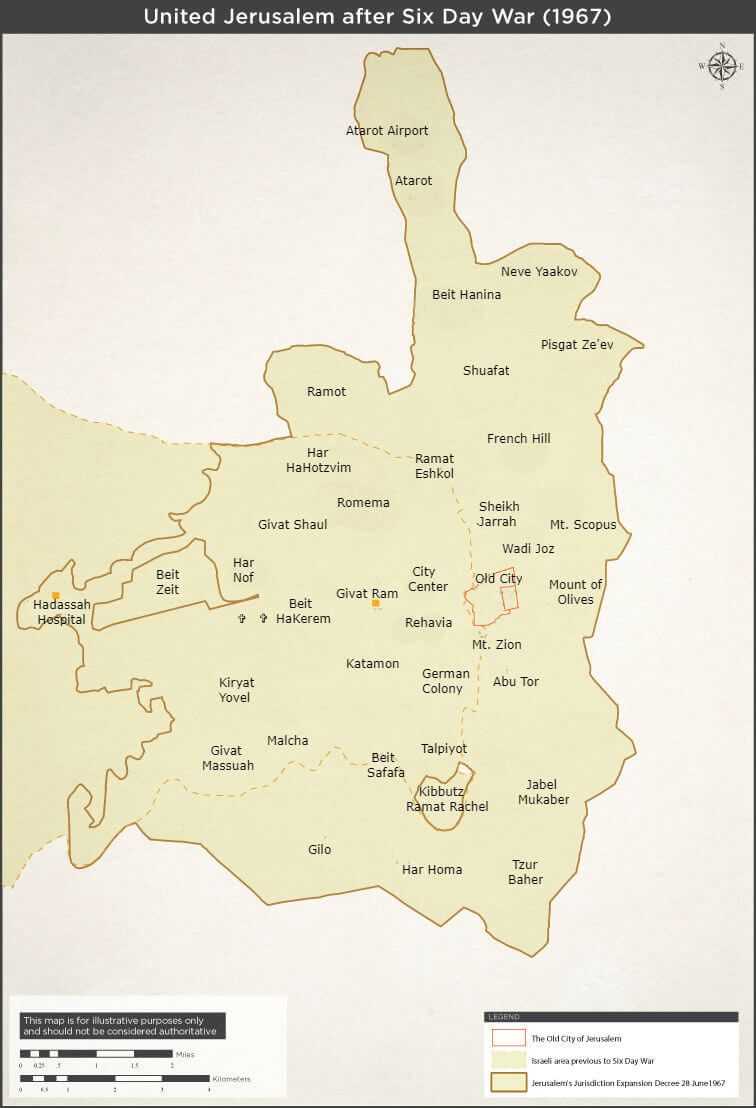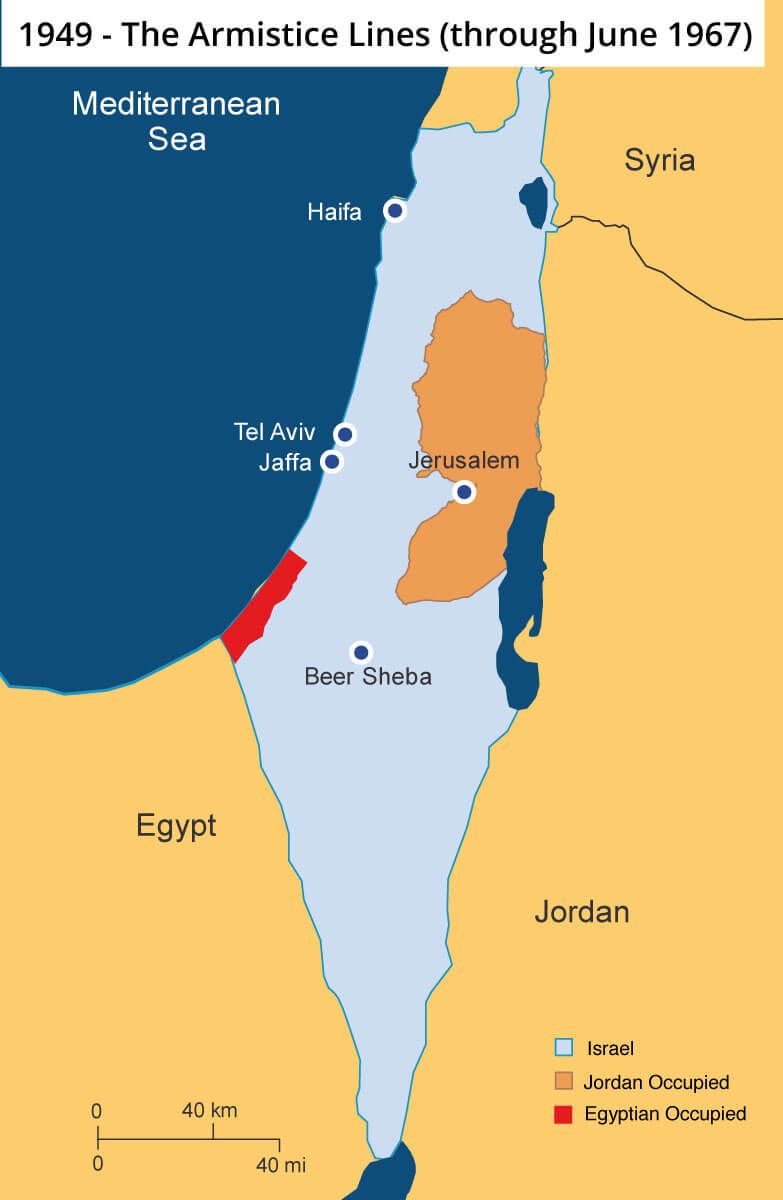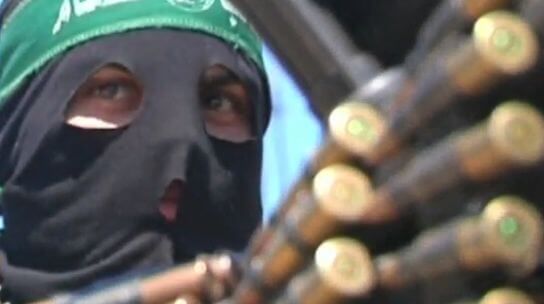The language of bias is made up of words. And at their most elemental level, a word is nothing more than “a single unit of language that means something and can be spoken or written.”
If you choose your words with care, you can convey information, educate others, solve problems, share an experience, express needs and form relationships with others. We can all do with a little more enlightenment and friendship, so why not use your language to make the world a little bit better?
On the other hand, if you deploy vague, inappropriate, or loaded language, you mislead, isolate or invalidate others and cause tremendous damage. Even unintentionally, your words can harm others — especially if they reach lots of people, or if you’re considered an authority.
That’s why journalists have a special responsibility to choose their words with care. Indeed, misleading terminology is one of The Eight Categories of Media Bias.
Join the fight for Israel’s fair coverage in the news
Unfortunately, there are some misleading terms we repeatedly see in news reports. Sometimes, the language of bias comes from the correspondent. Other times, it comes from an editor’s rigid adherence to style guides or boilerplate text. Whatever their causes, here are five terms abused by the media when it comes to the Israeli-Palestinian conflict.
Related reading: Defining Bias: Misleading Terminology
1. Arab East Jerusalem
“Arab East Jerusalem” is a proper noun that implies that half the city is inherently Arab. It isn’t, and never was.
Jerusalem is one of the world’s oldest cities. For thousands of years, it was a unified city where Jews and Arabs mingled. When the dust settled on the War of Independence, Israel controlled the western neighborhoods plus an enclave on Mount Scopus. Jordan held the eastern neighborhoods, including the Old City and its holy sites, and expelled all the Jews there. A temporary armistice line called the Green Line (more on that below) delineated the separation of the Israeli and Jordanian forces, and where it passed through Jerusalem, divided the city like an ugly scar.
During the Six Day War of 1967, Israel routed the Jordanian military and Jerusalem was reunified. In the context of thousands of years of the city’s history, the 19 years of Jerusalem’s division are a drop-in-the-bucket historical aberration.

2. Cycle of violence
“Cycle of violence” is the news industry’s shorthand to say “Israelis and Palestinians are at each other’s throats again. We’re too lazy or fuzzy to provide you meaningful context and/or we don’t want to alienate anyone by appearing to judgmentally apportion blame.”
In the language of bias, ‘cycle of violence’ and its cousin, ‘tit-for-tat,’ do a disservice because they don’t give readers the full story. They also represent a moral failure because this language lets terrorists off the hook and mitigates the effects of their attacks. Most Israelis and Palestinians probably find this language condescending, albeit for different reasons, reinforcing their already dim views of the foreign press corps.
Worst of all is the moral equivalence the term draws between Palestinian terror attacks and the Israeli military’s response.
 3. The Green Line
3. The Green Line
Israel’s War of Independence, ended with a series of armistice agreements with its Arab neighbors. The Green Line is an armistice demarcation line born of the Israel-Jordanian armistice agreement of April 3, 1949.
For no reason other than the negotiators used a green marker, the armistice line winding through the hills of Judea and Samaria is simply known as the Green Line.
Whether we’re talking about the Green Line, Korea’s Military Demarcation Line, the Line of Control in Jammu and Kashmir or the Attila Line dividing Cyprus, an armistice line is:
A geographically defined line from which disputing or belligerent forces disengage or withdraw to their respective sides following a truce or ceasefire agreement.”
Palestinians spin the Green Line as an international border because it vastly enhances their negotiating position.
Unfortunately, journalists on the ground and their editors back home don’t appreciate that distinction. While there’s always hope that someone will explain the Green Line, an even more prejudicial language of bias is the unfortunate use of the term “1967 borders.”
Related reading: Misleading Palestinian Maps Twist the Truth
4. Illegal settlements
If you’re looking for a discussion on the political wisdom of settlements, you’ll easily find Israelis arguing over that topic. (Everyone’s an expert.) But to categorically call settlements illegal in international law doesn’t hold water. International law isn’t so clear cut and Israel has a compelling case too:
- The Jewish people have historical ties to the West Bank.
- Before Jordan seized the West Bank in 1948, Jews lived in the West Bank and privately owned land.
- Jordan never had sovereignty over the West Bank, which means the territory cannot be considered “occupied.”
- Settlements don’t displace Palestinians, nor does the Jewish population preclude territorial compromise.
- Settlements don’t violate the Fourth Geneva Convention.
- The Palestinians accepted the existence of settlements by signing the Oslo Accords.
For a fuller explanation of Israeli arguments for the legality of settlements, see Eugene Kontorovich, Mitchell Bard, Eugene Rostow, Moshe Dann and Jeffrey Helmreich. Draw your own conclusions, but don’t take at face value guilty verdicts based on the media’s language of bias.
Related reading: 6 Challenges of Covering the Mideast Conflict
5. Military wing

We often see news reports referring to the political or military “wings” of terror groups like Hamas or Hezbollah. The distinction plays into a what’s known as the good cop-bad cop routine. The “military wing’ essentially threatens and bullies with the goal of making the enemy trust and give legitimacy to the better-behaved “political wing.” As Tony Blankly put it:
. . . Al Capone set up soup kitchens during the Depression. And the Nazis provided social services to poor and starving Germans in the 1920s and early ’30s. But they both kept killing until, respectively, the FBI and the Allies put them both out of business.
Hezbollah is certainly a ruthless band of cutthroats, but there is no evidence that they are insincere in their beliefs, or that they are open to changing their minds and joining the Women’s League of Voters. If, at their heart, they oppose our objectives, then either they have to be defeated or we do.
References to “wings” aren’t only an indicator of the language bias, but of sloppy fact checking as well. Both Hamas and Hezbollah, for example, have openly confirmed that there are no divisions between their military and political “wings,” and both take instructions from their respective supreme leaderships.
Enjoyed reading this article? Follow the Israel In Focus page on Facebook to read more articles explaining Israel’s history, politics, and international affairs. Click here to learn more!
Featured image: CC0 freepik and pixabay; Hamas via YouTube/JewishNewsOne;

